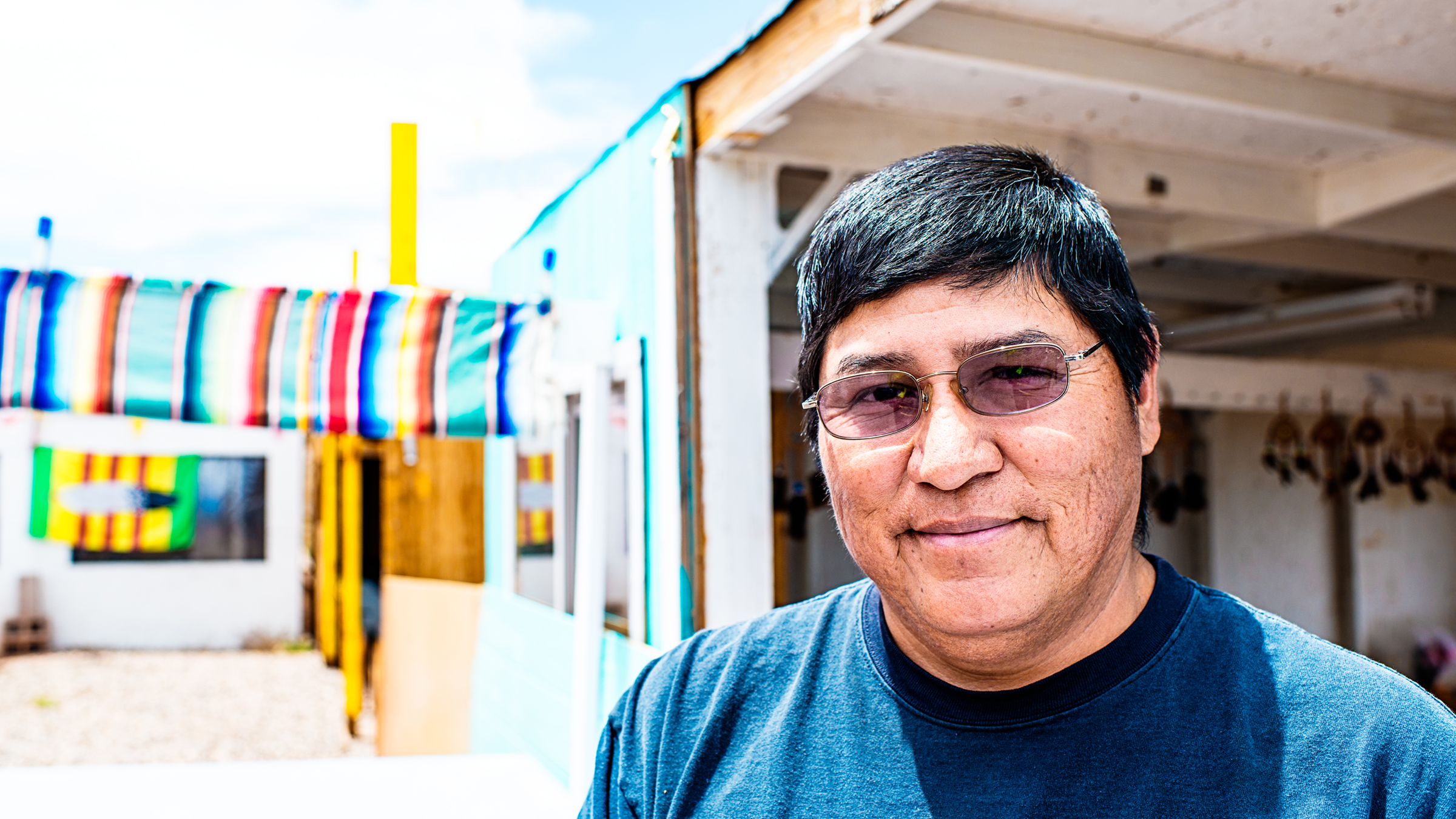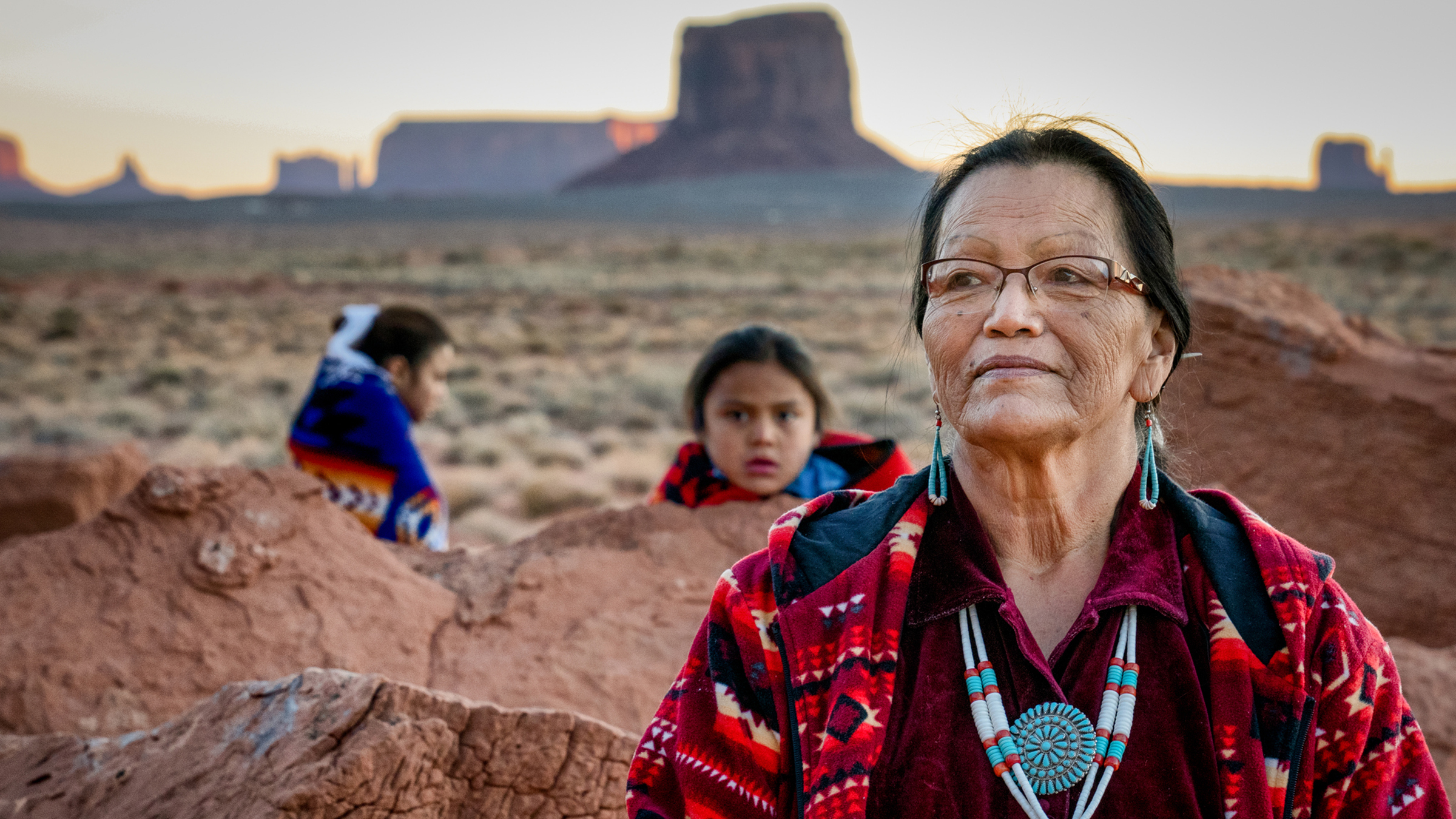As it challenges communities across the country, the COVID-19 outbreak has hit some communities harder than others. Previous research here in the Center for Indian Country Development at the Federal Reserve Bank of Minneapolis suggested that tribal governments and enterprises were heavily affected, and although about half of all Native Americans do not live on tribal lands, the pandemic’s impact on tribal governments and enterprises leads to questions about how Native workers have fared more generally during the economic downturn. Native American employment was hit especially hard through April, followed by partial recovery through June. Nonetheless, Native employment consistently lags White employment, even after demographic differences are taken into account.
The COVID-19 recession has hit Native American employment especially hard, mirroring the experience during the Great Recession. Prior to the March declaration of a national emergency, Native employment already lagged both Black and White employment: the employment-to-population ratio—that is, the number of employed workers divided by the population—hovered near 0.81 for White Americans, 0.75 for Black Americans, and 0.68 for Native Americans (in each case, restricted to those aged 25 through 54).* The economic fallout of the pandemic exacerbated that racial disparity. While April employment-to-population ratios were at their lowest for all races, the Native American ratio showed the biggest overall drop, falling from 0.70 in January to a low of 0.55. See Figure 1.

Note: Prime-age population is defined as those aged 25 through 54. Estimates are not seasonally adjusted. Ninety-five percent confidence intervals are displayed.
Since April, employment for Native and White Americans has increased, recovering some of the ground lost. Notably, that recovery has been substantially weaker for Black Americans. A similar pattern is evident when looking at unemployment rates, which reflect the share of workers who are searching for employment or expecting to be recalled to their previous job. Native Americans experienced a larger rise in unemployment than other groups, followed by a partial recovery. See Figure 2. In April 2020, more than one-quarter of the Native American workforce (26.3 percent) was unemployed, the highest rate of any racial group and three times the Native unemployment rate for March. By June, the Native unemployment rate had fallen to 12.4 percent, less than half of the April rate but still well above the February rate of 7.1 percent.

Note: Non-seasonally adjusted unemployment rate for those aged 25 through 54. Ninety-five percent confidence intervals are displayed.
The Native unemployment rate consistently exceeds the White unemployment rate. Prior to the current recession, Native unemployment was between 4 and 5 percentage points higher than White unemployment. See Figure 3. By April, Native unemployment was 14 points higher than White unemployment. These extra 10 percentage points in the gap between Native unemployment and White unemployment in April demonstrate the larger initial impact of the pandemic for Native workers. The “adjusted” data points in Figure 3 remove the influences of differences between Native workers and White workers in occupation, region, gender, and age. Adjusting for these factors makes little difference to the original pattern: Native workers have been more vulnerable to labor market disruption during the pandemic recession.

Note: Unadjusted estimates are the unadjusted gap in unemployment rates between Native American and White workers. Adjusted estimates reflect the unemployment rate gap that remains between Native American and White workers, aged 25 through 54, after broad occupational group, region, age, and gender are accounted for in each month. Ninety-five percent confidence intervals are displayed.
As COVID-19 continues to affect communities, Black and Native Americans are disproportionately vulnerable to the pandemic and its associated recession. However, these early data suggest that, at least at the national level, Native employment has begun to recover from the initial major economic shock. To be clear, based on available data through June, all groups are far from a full recovery. As a second wave of outbreaks across the country causes states and tribal communities to reconsider their plans to reopen businesses, schools, and other spaces, Native unemployment may still increase (and employment decrease) as the summer transitions into fall.
Endnote
* It is important to note that the sample of Native Americans each month in these data are just over 1,000 people—smaller than that available for other demographic groups. While this sample is relatively large, it is not large enough to fully explore the diverse experiences of Native communities across the country.







